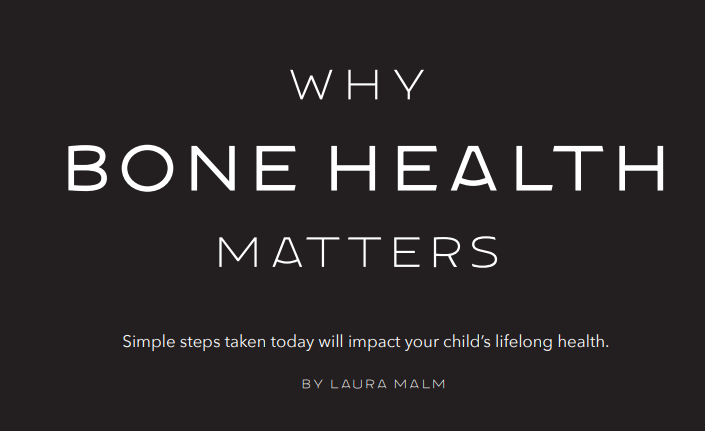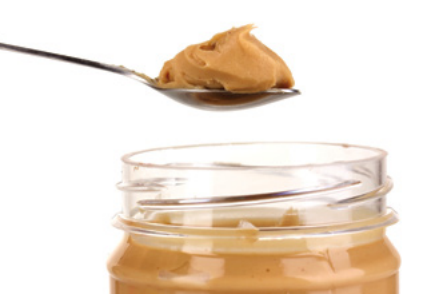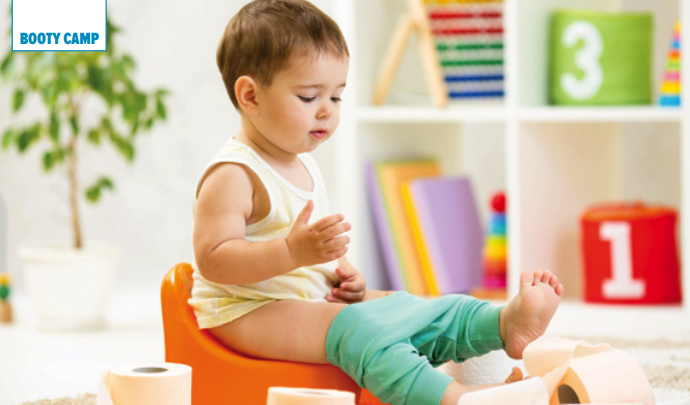For oral health, you bring your children to the dentist twice a year. For vision health, you see the eye doctor annually. For general health and growth progress reports, you schedule annual physicals and other checkups with the pediatrician.
But have you ever thought about your kids’ bone health?
If you’re like most parents, you probably don’t put much concern toward your child’s constantly growing bones.
However, bones serve incredibly important functions in kids’ overall well-being. And the childhood years are uniquely crucial for bone development, which can affect lifelong health.
Bones — the framework for a child’s growing body — are made of a living tissue that’s always forming. As kids grow taller and bigger, their bones do as well, starting in the womb and continuing into the college years.
“All of the bones in your child’s body initially were formed during pregnancy,” said Heather Steckling, a pediatric chiropractor with Season Family Chiropractic in Woodbury.
As your child grows, the cells within his or her bones are continually replenished and remodeled. In fact, bone cells will respond not only to the demands placed on them during growth periods, but will also during any type of stress or injury. (See our sidebar on this for more fascinating bone facts.)
Osteoporosis risk
But here’s where it gets real.
Almost all — 90 percent — of peak bone mass is acquired by age 18 in girls and age 20 in boys, according to the National Institutes of Health, which compares bone density to a bank account.
More bone is deposited during childhood than at any other time in life. In adulthood, this trend reverses, meaning that, as you age, you withdraw at much higher rates while making far fewer deposits.
This is why osteoporosis — the disease that causes bones to lose density and become more prone to fractures — has been called “a pediatric disease with geriatric consequences.”
That means habits your children form as tots can dramatically impact lifelong skeletal health.
By making many deposits during youth, you’re setting the stage for good bone health when your children are old and gray.
Parents of teens should be on particularly high alert.
About half of adult bone mass is built during the critical teenage years, said Dr. Angela Kade Goepferd, a pediatrician and director of medical education for Children’s Minnesota.
“Knowing this, the best way to prevent risk of osteoporosis and bone fracture later in life is to ensure that optimal peak bone mass is reached by the end of adolescence,” Goepferd said.
What’s the best way to make deposits into your child’s bone-health account?
Proper nutrition and adequate movement are the key components.
But neither seem very easy for kids to achieve these days, said Steckling, who focuses on caring for children with chronic immune and digestive-system issues.
“If you look at the lifestyle of children 30 years ago, in general, they had less fast food, less processed food and more home-cooked nutritious meals,” she said. “They also were outside more and sitting less. Children today are significantly lacking in both proper nutrition and proper exercise.”
As a result, modern kids aren’t building a strong foundation in their bones, which can make them more susceptible to fractures and disease now and in the future.
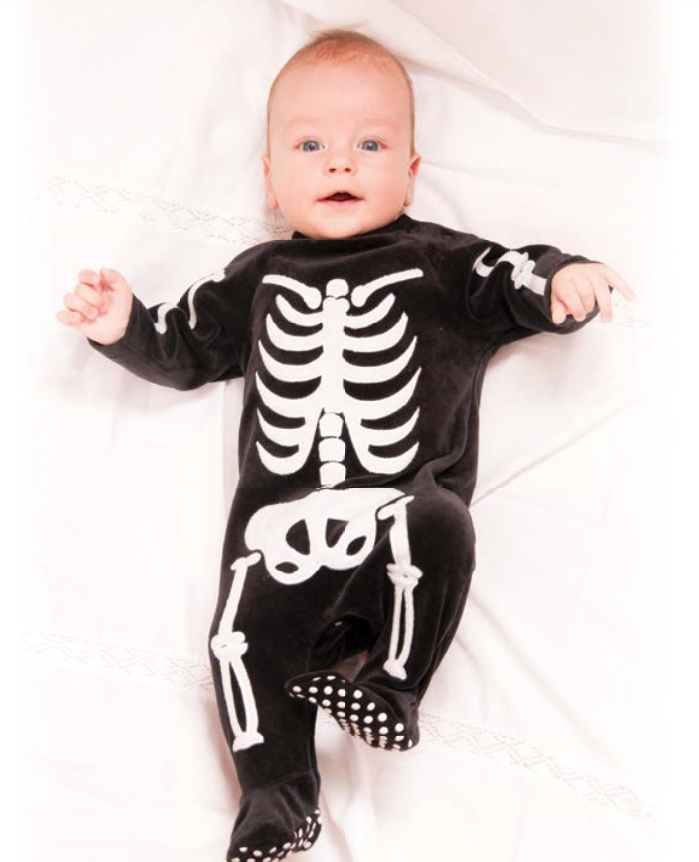
Nutrition: Beyond calcium
What can you do?
Getting sufficient calcium during childhood is a good place to start.
In the U.S., the recommended daily allowance (RDA) of calcium for 700 milligrams for toddlers to age 3; 1,000 mg for ages 4 to 8; and 1,300 mg for ages 9 to 18.
One glass of milk, one cup of yogurt and 1.5 ounces of cheese each provide about 300 mg of calcium. Calcium can also be found in green leafy vegetables, legumes, nuts and calcium-fortified cereal and orange juice.
Calcium, however, is only one piece of the puzzle.
“Keep in mind, bone health is not necessarily determined by how much calcium we consume, but rather how well it is absorbed,” Steckling said. “Calcium needs vitamin D, vitamin K and magnesium to help it absorb and be utilized efficiently. Most Americans are deficient in these vitamins.”
Goepferd said diets low in protein or vitamin D — or high in sodium — also can reduce the body’s ability to retain calcium.
And getting enough dietary calcium can be especially challenging among the many teenage girls who are preoccupied with thinness.
“They tend to have diets low in dairy — thus low in calcium and vitamin D — and higher in carbonated beverages like diet soda,” Goepferd said. “They also tend to have lower body fat and engage in less muscle-building and weight-bearing activities.”
Promoting a healthy body image, particularly in teenage girls, Goepferd said, can be a “protective factor for promoting bone health and decreasing osteoporosis risk.”
Natural dietary sources of vitamin D, such as cod liver oil and fatty fish (tuna, salmon), can be hard to get into children’s diets, too, of course.
Though many dairy and cereal products (and some orange juices) are fortified with vitamin D, kids living in northern climates, such as Minnesota, are still at risk for vitamin D deficiency since a major source of vitamin D is exposure to UVB radiation through direct sunlight on bare skin. Despite this risk, most kids aren’t, as a rule, screened for vitamin D deficiency.
That’s why Goepferd recommends vitamins or supplements that offer the vitamin D RDA of 400 IU for infants up to 1 year (breastfed infants need supplementation due to inadequate amounts in human milk) and 600 IU for children and adolescents.
Physical activity: What’s best?
Exercise is another way to boost bone health.
Like muscle, bone is living tissue that responds to exercise by becoming stronger. Young women and men who exercise regularly generally achieve greater peak bone mass (maximum bone density and strength) than those who do not, according to the NIH.
For most people, bone mass peaks during the third decade of life. After that time, decline begins. (All adults can help prevent bone loss with regular exercise.)
Activities for optimizing bone density include exercises that work against gravity, such as walking, jogging, hiking, weight training, climbing stairs, dancing and sports that involve running or jumping.
Lower-impact activities such as swimming and biking are great for keeping kids physically fit and preventing obesity. But they’re less helpful at building bone density.
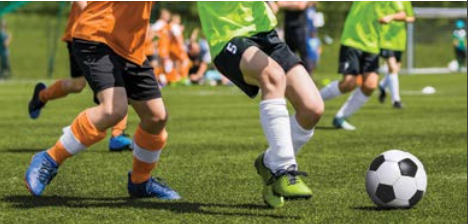
THE AMAZING RESILIENCY OF BONES
If you’ve ever broken a bone or had a child with a fractured limb, you know the miracle that is bone tissue — and its many different types of cells.
The process — as told by Arizona State University biologists — goes like this:
• Within a couple hours of a break, a blood clot forms around the break. Inside the blood clot, special immune system cells called phagocytes begin cleaning bone fragments, surrounding and destroying unwanted bacteria.
• Next, a soft callus made mostly of collagen is created around the fracture by another special group of cells called chondroblasts. (This stage can last anywhere from four days to three weeks.)
• Then a hard callus forms as osteoblast cells create new bone, adding minerals to make it hard. This stage typically begins two weeks after the break, and ends somewhere between the sixth
and 12th week.
• Lastly, the bone is “remodeled.” Special cells called osteoclasts break down extra bone around the fracture until it’s completely healed and returned to its original shape, a process that can take three to nine years to complete. See a video of the entire process at askabiologist.asu.edu/bone-healing.
GET SMART ABOUT CALCIUM
Go to tinyurl.com/kids-bones to see how many milligrams of calcium kids need at various ages; a list of foods (including non-dairy) that contain calcium; and medications, medical disorders and behaviors that can affect bone mass. Learn more about bone health at bones.nih.gov.
Laura Malm is a writer, editor and storyteller who lives in Woodbury with her husband and two daughters.





